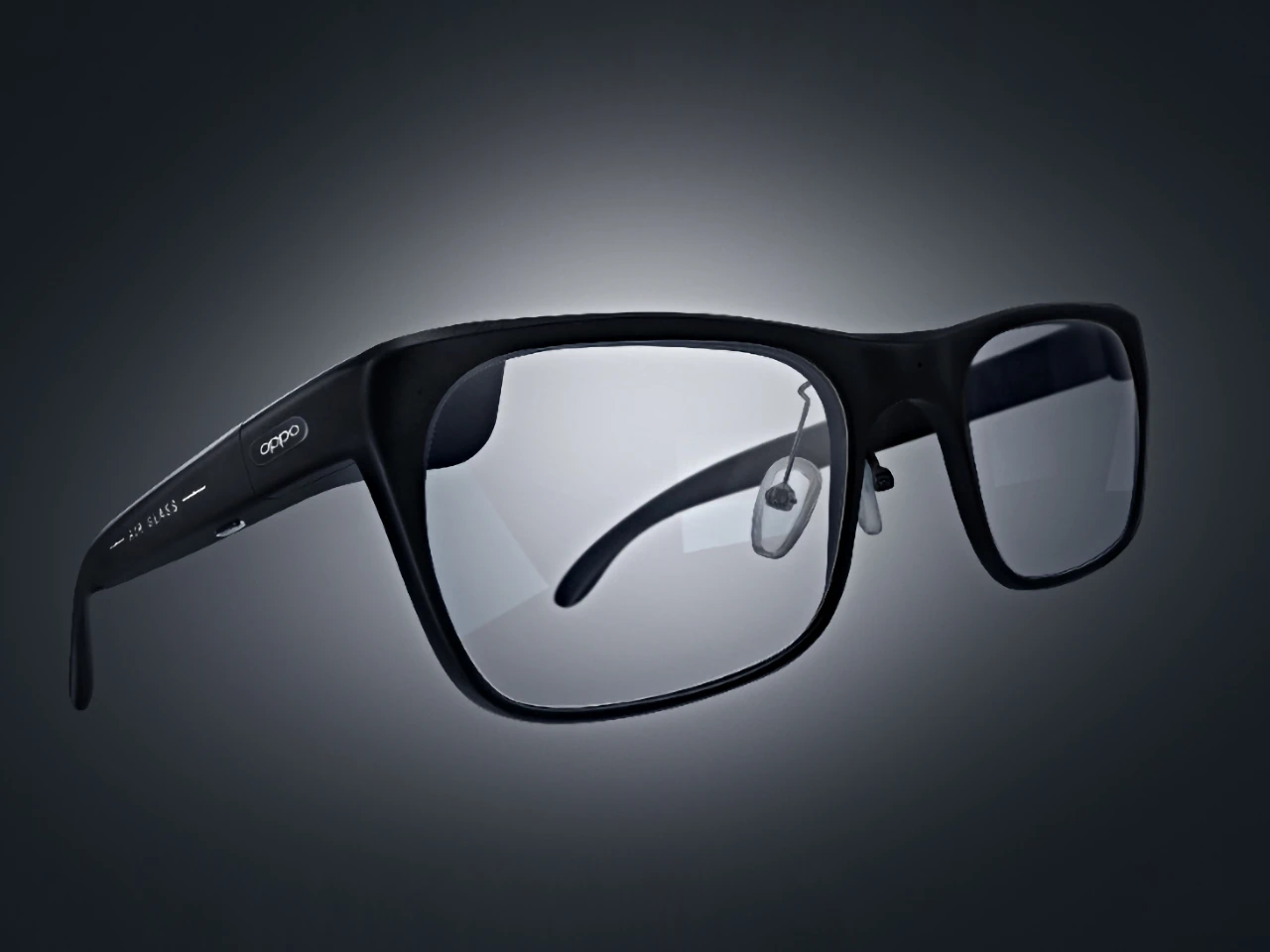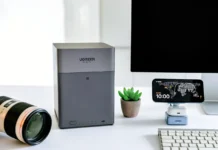The OPPO Air Glass 3 represents a significant leap forward in innovative wearable technology. This latest iteration, albeit in a prototype stage at present, promises to redefine how we interact with digital content and bridge the gap between Extended Reality (XR) and our daily lives.
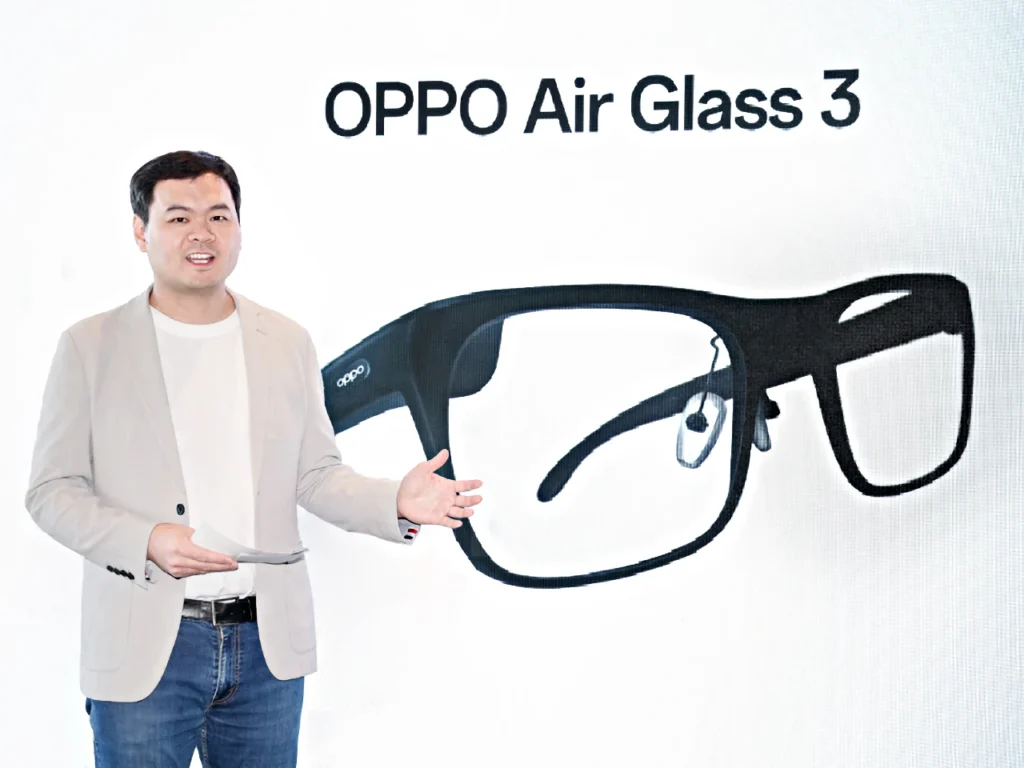
OPPO Air Glass 3
At this year’s MWC in Barcelona, OPPO, the Chinese smart devices specialist, unveiled its latest prototype, the OPPO Air Glass 3 wearable.
At the heart of the new Smartglasses appeal is its groundbreaking use of Generative AI to revolutionise how travellers interact with the world around them.
Imagine landing in a city where the street signs, menus, and directions are all in a language you don’t understand. Now, envision looking at those same signs through the Air Glass 3, which instantly translates them into your native language right before your eyes.
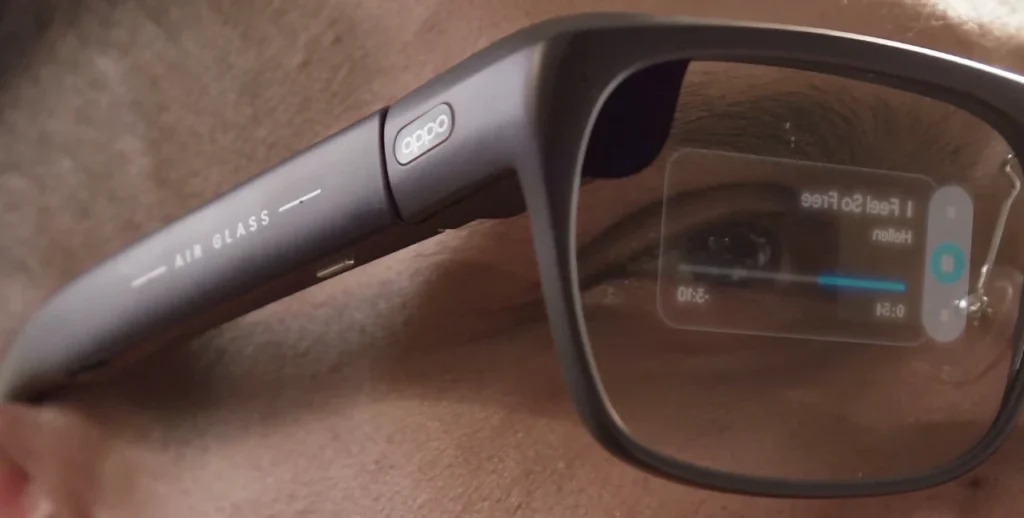
Smart glasses have come a long way since their inception, evolving from bulky, niche gadgets to sleek, multifunctional devices. Then, there was Google Glass! Only last year, I ran an article on the Best Smartglasses for Travellers, yet many of those devices are already dated, thanks to the speed at which this market is moving.
When it comes to wearable technology, the balance between functionality and fashion is crucial. Users want the technology, but wearing glasses when you may not medically need to is a tough choice for some. The OPPO Air Glass 3 excels in both, offering a visually appealing design for extended wear thanks to its light 50g weight.
Easy Access AI
Air Glass 3 leverages the power of OPPO’s own AndesGPT model and will deliver a “burdenless AI experience” by linking to a smartphone app. This will open up a range of AI functions, from real-time language translation to accessing travel information with a simple voice command or touch.
Featuring a self-developed resin waveguide with a remarkable refractive index of 1.70, it offers unparalleled clarity and a full-colour display that sets a new standard in wearable tech. With display brightness uniformity exceeding 50% and a peak eye brightness of more than 1,000 nits, it ensures that information is visible and vividly presented, even in bright sunlight.
The OPPO Air Glass 3 are only in the prototype stage, so the full specifications are far from finalised. However, OPPO has been clear on what’s to come.
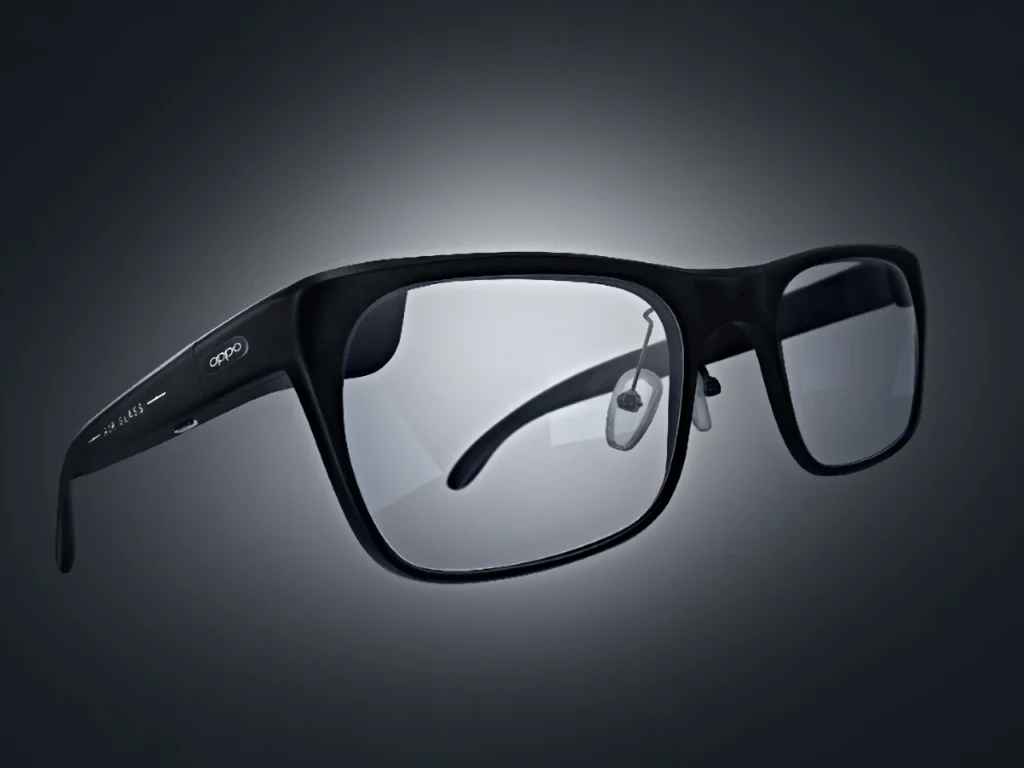
The audio experience and control mechanisms are expected to match its visual innovation, ensuring users interact seamlessly with the device.
It introduces reverse sound field technology, which enhances sound quality while minimising leakage, allowing for private conversations and clear audio, even in noisy environments. Four microphones are expected to be built into the frames.
Control-wise, the OPPO Air Glass 3 is designed for effortless interaction. Beyond voice commands, it supports touch interaction, allowing users to navigate through menus, control music playback, make voice calls, and access a variety of information displays with simple gestures on the glasses’ temples. This intuitive control scheme ensures users can easily manage their settings and preferences without pulling out their smartphones.


